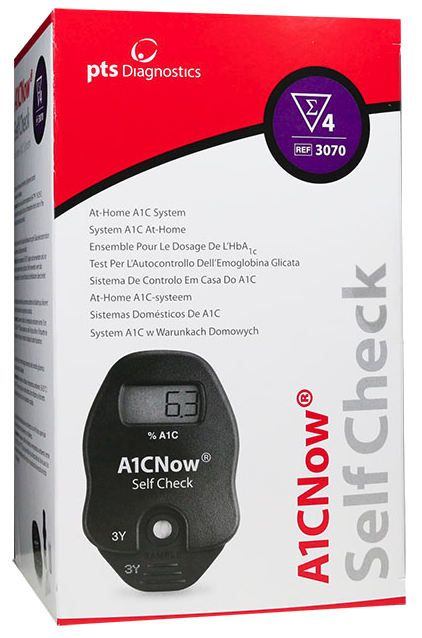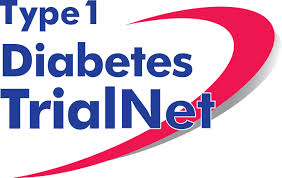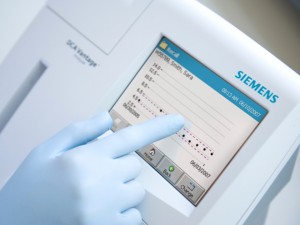On Tuesday Amy had her first transition clinic, it was everything thing it should have been and a vast difference from the first one forced upon her in January 2016.
She was in control of when transition started and who would be there at clinic.
Perfect.
Previously: Worst transition clinic ever?
In January 2016 after just turning 15 Amy’s first attempted transition clinic was an absolute disaster, especially as she had been told in the previous November what would happen and said that she didn’t want to go in by herself.
In reality Amy probably was ready to prepare for transition and the clinic team knew that, so I’m absolutely sure they thought they were doing the right thing, but they didn’t listen to Amy, or forgot, both of which were totally wrong.
Her wishes: I’m not ready to transition yet.
Our view of what clinic thought: We’ll do what we want, when we want, we’re in control.
After a family discussion Jane emailed the team and from that day on we never heard about transition
A broken relationship with clinic?
We didn’t let our anger from January 2016 last for very long, we emailed them, they responded very well, we moved on.
We knew that our team woke up every day with a desire to do a good job, they are lovely personable people with a knowledge far exceeding the little bits we understand about this condition and if we ever needed support they would be there.
But this one action almost saw us move clinics to another team, it felt that bad, one more wrong move and we’d be gone, to the bright lights of London’s UCLH or staying local with Southampton UHS.
“Are you ready to take the next step?”
When transition was mentioned back in December Amy agreed the time was right, but it brought a huge moment of sadness from both Amy and her consultant who’s been with her since diagnosis, and the ward flooded with tears. But I knew the new consultant a little and knew he’s just as lovely as the first, it made things a little easier.
The appointment
With nerves aplenty Amy and I entered the new centre, all gleeming white, with its touchscreen login screens, it already felt we’d moved from a provincial hospital to a bright-lights-city one.
We moved to the new waiting area and saw a few other other teenagers and young people. There was food available – but no blooming nutrition info! – but was it for us, or not? It was.
I chatted with one of teenagers ‘M’ who was using a Dario meter on her iPhone, I’d not seen one before.
This was already so much more relaxing that we thought, Amy was definitely relaxed and seeing the face of her most recent DSN certainly helped that.
Helping the Young People ask for help: a great idea
‘M’ picked up a piece of laminated A4 which had two dozen words/phrases on it with an area to put a tick or a dot. She explained that all you need to do is put a mark by anything you’d like to discuss.
Amy picked it up and we joked about ticking all the rebel ones: ‘alcohol’, ‘sex’, ‘recreational drugs’, ‘tattoos and piercings’, but in the end opted for ‘driving’, ‘alcohol’ and ‘insulin pumps’.
I could see how brilliant this idea was. How many people, adults let alone young people, would just freeze under embarrassment when required to speak those words? But to tick stuff before you speak to anyone, and then just hand the sheet in, yes, I can see that’s far easier.
Back with the old DSN
They’d explained that the whole team wouldn’t be changing at transition clinic and Amy’s DSN would remain the same, that’s a good thing, she’s lovely.
HbA1c was done, questions asked, Diasend graphs gone over and lots of questions about delaying the switch to a new insulin pump for Amy. Hers is 4 years old in June but it’s not a good time, what with GCSEs from May to end of June, NCS starting afterwards until a couple of days before we go backpacking around India for a month (again 🙂 ).
The new consultant
I’ve spoken with Dr P a few times, he’s great, I like his attitude and his way with people.
I’d dared Amy to greet him in his native German tongue with something like ‘Hi, my Dad doesn’t understand German and he’s an idiot’ but she bottled it.
From the word go Dr P addressed Amy and told her a few things which are very important (I’m paraphrasing here):
- this is your clinic
- you have the right to come in with or without your parents, it’s up to you.
- your parents have the right to come in without you should they wish.
- we’re here to help you transition to adult care, to become educated enough to move on without fear or worry
- we’re here to prepare you to be okay about coming to clinic by yourself, just in case you go to university, or just want to come by yourself.
This was all exactly what we wanted to hear.
A long time later
We’d arrived at clinic at 5pm, it was now gone 6:30pm and we’d spent at most ten minutes waiting.
Amy had chatted with ‘M’ who was interested in Amy’s views about insulin pumps, it got Amy waxing lyrical about its benefits to her: ‘it’s changed my life’, ‘I’d never go back to MDI’, etc..
We’d seen the DSN, the Consultant and spent a long time with the new Dietician.
Amy was relaxed, as was I.
We arranged the next appointment and left in silence until Amy broke it with “that was really good”.
Best first transition clinic ever?
Yes, probably.
 A while ago the lovely people from Solent diabetes unit did an event for the public to find out their A1C – they used A1CNow kit. I had been aware of it for some time but the fact clinicians were using it – they probably had little other choice given the event’s location – I decided to buy some myself, for occasional home checking.
A while ago the lovely people from Solent diabetes unit did an event for the public to find out their A1C – they used A1CNow kit. I had been aware of it for some time but the fact clinicians were using it – they probably had little other choice given the event’s location – I decided to buy some myself, for occasional home checking.


 An HbA1c checking machine
An HbA1c checking machine